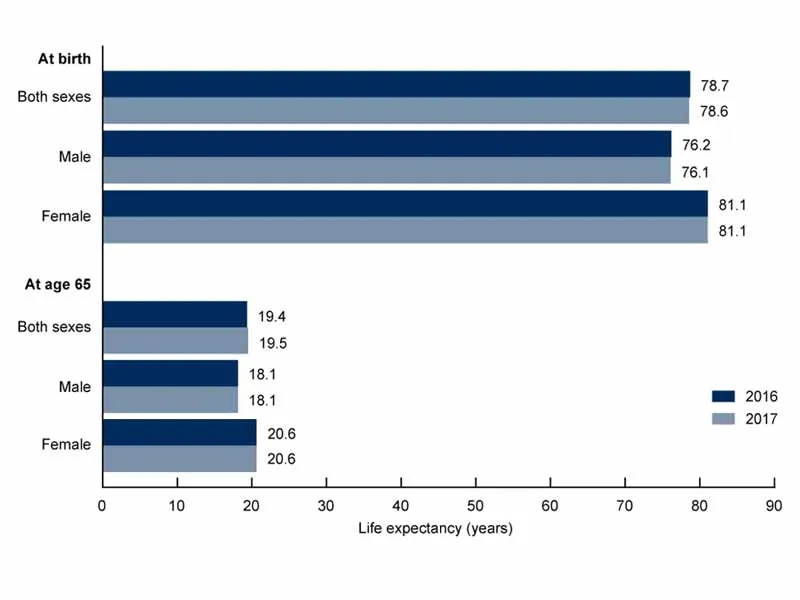US Life Expectancy on the Decline: What’s Behind the Trend?
Life expectancy in the United States has been steadily declining in recent years, a troubling trend that has public health officials and researchers scrambling to understand the underlying causes. According to the Centers for Disease Control and Prevention (CDC), life expectancy in the U.S. dropped to 78.6 years in 2017, down from 78.7 years in 2016. This marked the third consecutive year of decline, a trend not seen since the early 20th century.
So, what is behind this worrying decline in life expectancy in the United States? There are several factors that have been identified as contributing to this trend.
One major factor is the ongoing opioid epidemic that has ravaged communities across the country. The CDC reports that drug overdoses were responsible for over 70,000 deaths in 2017, with opioids such as fentanyl and heroin accounting for a significant portion of these fatalities. The rise in opioid-related deaths has had a significant impact on life expectancy, particularly among younger adults.
Another contributing factor is the increase in deaths from suicide. According to the CDC, suicide rates have been steadily rising in recent years, with over 47,000 Americans taking their own lives in 2017. Suicide is now the 10th leading cause of death in the United States, and the increase in suicide rates has been particularly pronounced among middle-aged adults.
In addition to these tragic trends, the United States is also facing a rising tide of chronic diseases such as heart disease, diabetes, and obesity. These conditions, which are often linked to poor diet and lack of physical activity, can significantly shorten life expectancy and contribute to overall decline in health.
Furthermore, disparities in access to healthcare and social determinants of health play a role in the decline in life expectancy. Many Americans, particularly those in low-income and minority communities, face barriers to accessing quality healthcare and may not receive timely treatment for chronic conditions. Additionally, factors such as poverty, lack of education, and social isolation can all impact health outcomes and contribute to lower life expectancy.
In order to address the decline in life expectancy in the United States, public health officials and policymakers must take a comprehensive approach that addresses the root causes of these trends. This includes implementing strategies to combat the opioid epidemic, improve access to mental health services, promote healthy lifestyles, and address social determinants of health such as poverty and education.
Ultimately, the decline in life expectancy in the United States is a complex issue that requires a multi-faceted response. By addressing the underlying factors contributing to this trend, we can work towards improving the health and well-being of all Americans and reversing the decline in life expectancy.







